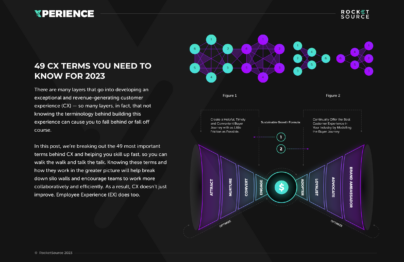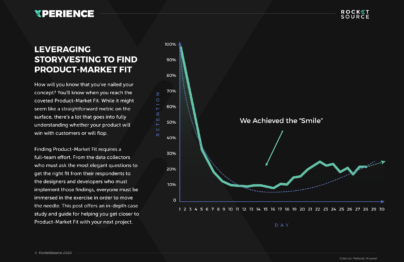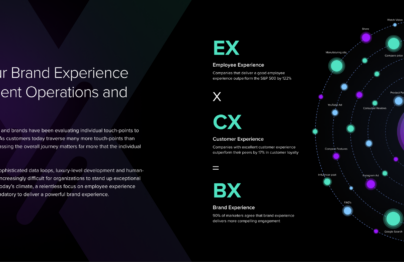Product-market fit mapping is the continual process of measuring the alignment between the products and services of an organization and the customer sentiment of that brand. Through this alignment, reliable and sustainable growth can occur at every stage of the product lifecycle.
Achieving product-market fit is more difficult than ever before. It requires that the products and services of an organization can build sustained momentum and growth. The challenge isn’t just in creating that sustained growth but also defining what sustained growth and momentum look like, so companies can map products to the market’s needs.
Many organizations define growth in terms of year-over-year revenue increases. Still, even when these increases look impressive on paper, there’s a problem with this one-dimensional measurement — growth is only good until it stops happening. Product-market fit mapping allows organizations to achieve sustainable growth by monitoring market fluctuations and competitor shifts. Rather than relying on one-off initiatives, companies can undergo the continual process of maintaining alignment between the brand and customers for more long-term impact.
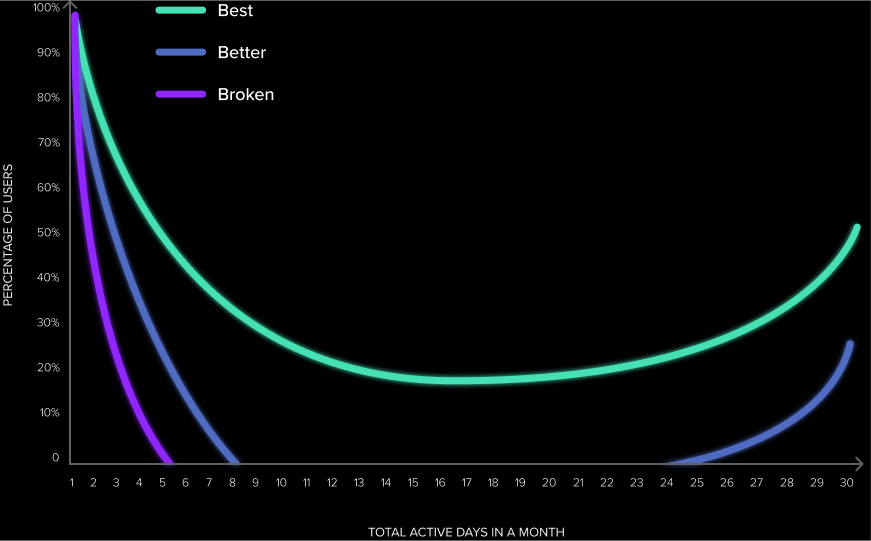
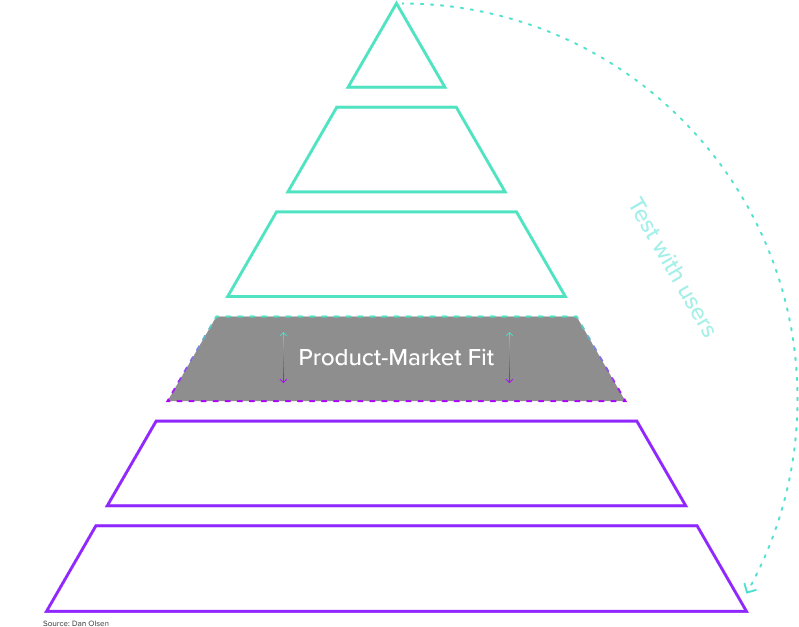
What is Product-Market Fit, Anyway?
Product-Market Fit (or PM Fit) is the starting point at which a brand’s core value proposition — embodied in a product or service — aligns with the core needs/wants of a target audience.
In addition to having this alignment, there must also be a method to measure the alignment with a measurement caveat to ensure reliability. To that end, the product-market fit must also grow organically and exponentially via word-of-mouth marketing.
To achieve this end goal, brands must create something the market wants. To do that, companies must use popular growth frameworks, such as StoryVesting, to close the gaps and calculate the needs and wants of the customer base.
Why are Frameworks Important when Identifying Product-Market Fit?
There is a huge lack of describable or definable frameworks regarding product-market fit. As brands seek to put up the guardrails around this strategy, teams must search for and use problem-solving frameworks to format and think through these complex issues. In doing so, teams can better determine whether the product in question is something the market wants or if adjustments need to be made.
A product-market fit or problem-solving framework like StoryVesting allows companies to navigate emotional and behavioral responses with logical triggers. In understanding all of these varying layers, companies can drive faster growth through Word of Mouth (WoM) by bolstering both employee and customer experiences.
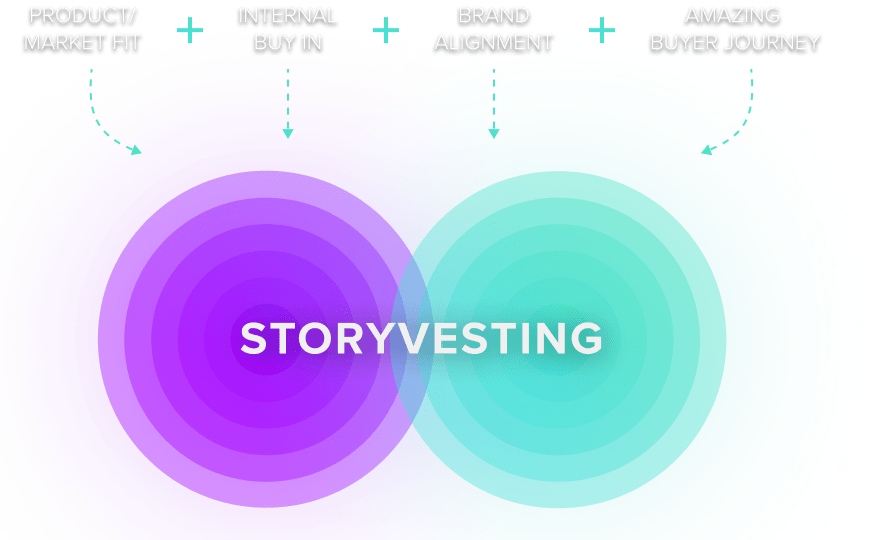
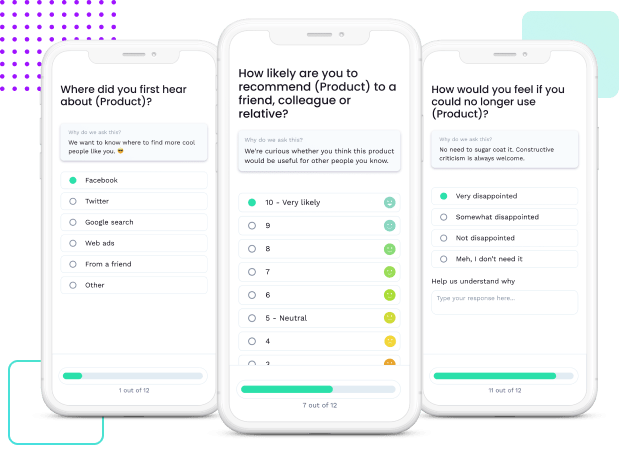
Product-Market Fit Mapping Starts With Asking the Right Questions
When mapping product-market fit, it’s imperative to ask the right questions. In guiding consumers along an intentional and logical journey through questioning, teams are able to make incremental advancements by asking poignant questions that stem from the “why” of the organization.
Perhaps the most popular of these questions, as coined by Sean Ellis, is this: “How disappointed would you be if this product/service was no longer available?” The response to that question determines how intertwined and important a product or service is to a customer.
Then, the company can start to dig deeper into the emotional triggers for both the employee and customers to determine how much vesting there is in the brand and uncover the why of the customer and team.
A Reliable Framework to Guide Your Product-Market Fit Mapping Success
Gathering the data to map product-market fit is only the beginning. With those data points in hand, it’s crucial to have a growth framework to extract insights from information. Teams end up guessing rather than guiding decision-making without a framework to guide this process.
A framework like StoryVesting allows teams to guide their interpretation process and simplify the complex. This framework starts the product-market fit mapping process by asking internally rather than going straight to the customers for feedback. By talking to the most vested user group first, brands can better align customer wants and employee observations and ideas.
In doing so, teams can align all people within an organization, basing development decisions on far deeper insights than gut reactions.
Product-Market Fit Mapping Starts With a Survey
A product-market fit survey is one of the fastest ways to gather data that will allow teams to gauge the fit between what’s in development and what the market wants or needs. To get the most accurate data, teams must ask the right questions and pair those responses with other data points.
Net Promoter Score (NPS)
A Net Promoter Score (NPS) measures the likelihood your customer will recommend your products to someone else. However, a discrepancy between what people say they will do and their actions, makes this metric one that should not stand alone when determining product-market fit.

Qualitative Insights
A Product/Market Fit survey tool enables product owners to hear from consumers in their own words. When a customer has the ability to express themselves, teams can understand and explain the results they’re seeing in quantitative metrics and get critical insights into what an audience is thinking, saying, and feeling as they engage with a brand.
Power User Curve
Power users offer a wealth of insights that can help predict future behavior for a variety of cohorts. A Power User Curve or Retention Curve Analysis, organizations are able to compare what users say with what they do to gain deeper insights and fuel decision-making.
Customer Experience (CX) Terms
- 360° Degree View of the Customer
- AI Ops
- Barlow Bands
- Behavioral Triggers
- Bow Tie Funnel
- Brick-to-Click
- Business Impact Analysis (BIA)
- Cognitive Computing
- Cohort Analytics
- Content Mapping
- Conversational User Guidance
- Customer Data Profile
- Customer Experience (CX)
- Customer Friction
- Customer Insights Map
- Customer Journey
- Customer Journey Mapping
- Customer Satisfaction (CSAT)
- Customized Ratios
- CX Intelligence
- CX Led Growth
- CX Metrics
- Data as a Product (DaaP)
- Data as a Service (DaaS)
- Data Culture
- Data Driven
- Data Engineering
- Data Fabric
- Data Governance
- Data Humanization
- Data Hygiene
- Data Looping
- Data Mapping
- Data Mining
- Data Modeling
- Data Monetization
- Data Swamp
- Data Visualization
- Data Warehouse
- Data-Centric
- Descriptive Analytics
- Diagnostic Analytics
- Digital Asset Management (DAM)
- Digital Transformation
- Dirty Data In Dirty Data Out
- Embedded Intelligence
- Empathy Mapping
- Employee Data Profile
- Employee Experience (EX)
- EX to CX Data Mapping
- EX to CX Mapping
- Experience Management (XM)
- Gap Analysis
- Generative AI
- Human-Centered Design (HCD)
- Journey Analytics
- Machine Learning (ML)
- Managed Agile Services on Demand
- Modified Hoshin
- North Star Metric
- Party Data
- Pathway to Purchase
- Predictive Analytics
- Product-Market Fit Mapping
- Real Time Design Looping
- Revenue Acceleration
- RevOps
- S Curve of Growth
- Stack Impact Analysis
- StoryVesting
- Table Stakes Testing
- The 3 P’s
- User Experience (UX)
- User Insights Map
- User Interface (UI)
- Voice of the Customer (VoC)
- Voice of the Employee (VoE)
- World Cloud Generator Sentiment Mining
- X Analytics

